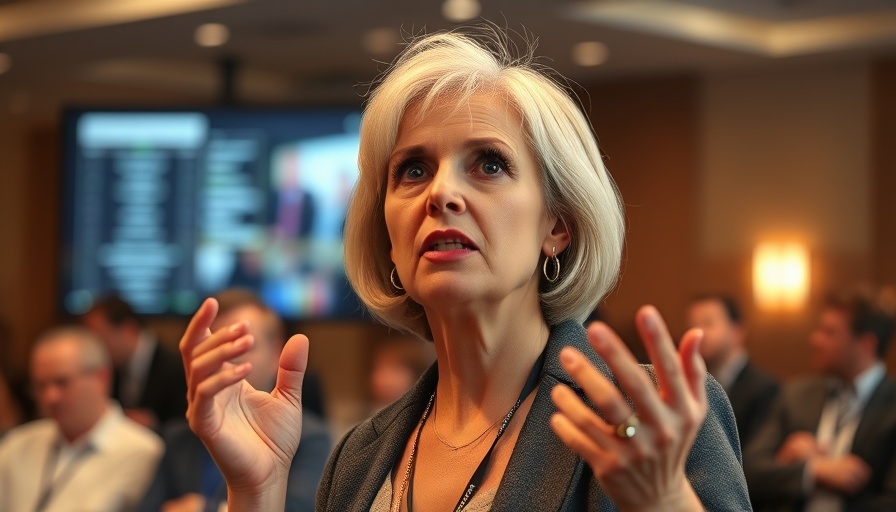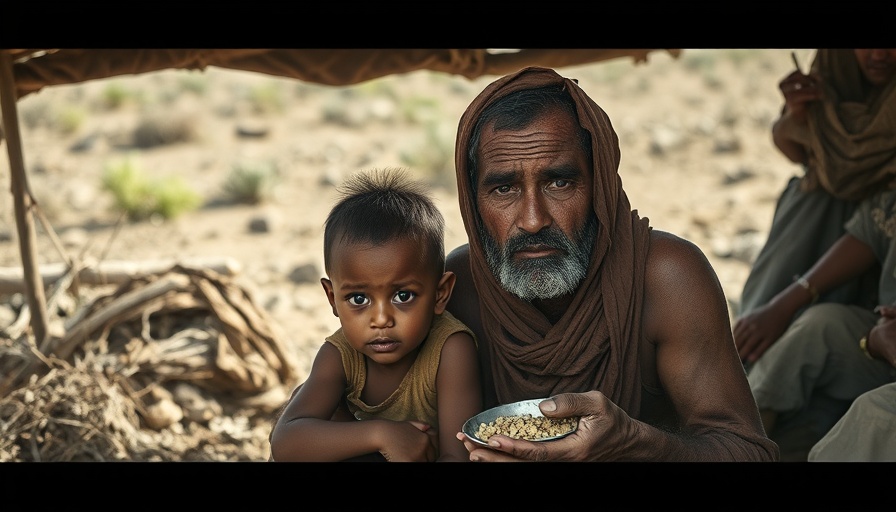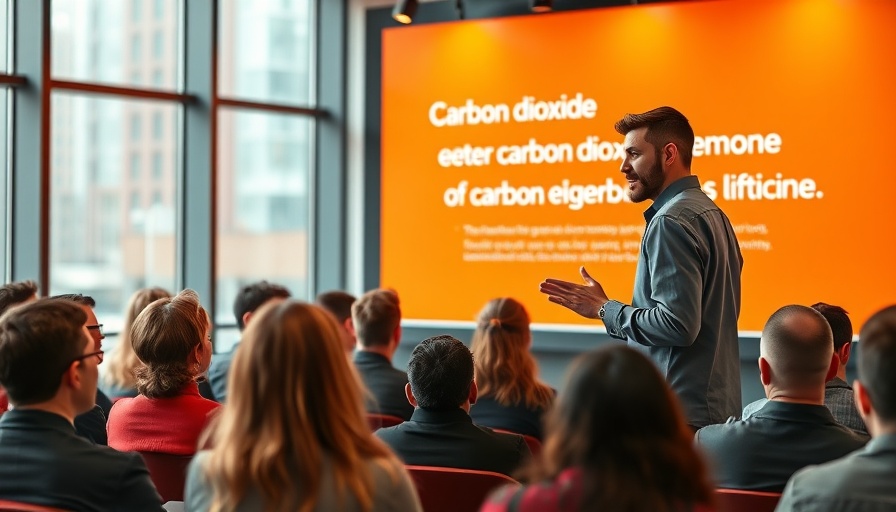
Bridging the Climate Finance Gap: Strategies for Vulnerable Nations
As global funding for climate initiatives continues to dwindle, developing nations are confronted with an urgent challenge: how to secure necessary adaptation financing. Liz Thompson, Sherpa of the Climate Vulnerable Forum-Vulnerable 20 (CVF-V20), emphasizes the critical need for climate-vulnerable countries to seek financial solutions beyond traditional multilateral climate negotiations such as COP.
During a recent meeting in Manila, she pointed out the importance of collaboration among like-minded nations that have innovated unique, local solutions to combat climate change. By sharing successful strategies, these nations can create replicable models that Catalyze access to funding opportunities—a process even more crucial now given the diminished global climate finance landscape.
The Implications of International Climate Policies
Recent months have seen a pronounced deterioration in the already precarious financial support for climate initiatives from developed nations, largely due to changing political tides. Thompson specifically referenced the U.S.’s recent withdrawal of foreign aid and the threat to cancel international projects, including vital climate funds. This shift poses significant hurdles to developing nations seeking relief from the adverse effects of climate change, which are intensifying in volume and urgency.
Thompson’s perspective resonates with many environmentalists and advocates, who are witnessing firsthand the effects that political decisions can have on humanitarian and ecological initiatives. As climate finance becomes scarce, the voice of developing countries must gain strengthened advocacy and representation in international discussions.
Innovations in Climate Financing
Among the initiatives brought forth by the CVF-V20 is the Global Shield against Climate Risks. This mechanism represents a proactive step towards creating a safety net for vulnerable nations faced with climate disasters. Such programs are paramount, as they provide immediate financial relief by deploying pre-arranged funding during crises, allowing countries like Ghana to receive swift assistance, exemplifying how climate financing can be effectively orchestrated.
Best Practices for Sustainable Development
Thompson’s advocacy for a coordinated effort among vulnerable nations extends beyond immediate financial relief. Sharing best practices in sustainable agriculture, renewable energy solutions, and community resilience initiatives will not only bolster these nations’ climate capabilities but also contribute to a broader ethos of environmental stewardship. For instance, promoting organic farming and circular economies aids in building resilience while reducing ecological footprints.
Investments in green jobs and sustainable energy projects are essential for economic growth in these regions, enabling them to transition towards environmentally conscious frameworks that account for local resources and populations. Furthermore, initiatives that focus on community gardens and zero-waste practices can cultivate social responsibility and empower residents to contribute to their sustainable future actively.
Integrating Climate Finance and Sustainable Solutions
At the heart of this discussion lies a pivotal question—how can developing nations not only survive but thrive amid financial adversity? The answer lives in integrating climate finance with sustainable solutions. By embracing green technology and best practices in environmental conservation, nations can shape a future that is both economically viable and ecologically sound. This integration fosters a culture of ethical consumerism that sees investments not just as monetary gains but as integral parts of community resilience.
As we reflect on the tightening of global funding avenues, it becomes clear that sustainable development relies on unity. Collaboration among climate-vulnerable countries will not only accelerate the deployment of innovative financing solutions but also create a more inclusive environment for addressing climate concerns. By tapping into local knowledge, fostering partnerships, and investing in sustainable projects, these nations can exemplify resilience in the face of adversity, setting a standard for the rest of the world.
Concluding Thoughts on Climate Financing
The fight against climate change has never seemed more daunting, yet the proactive steps taken by organizations like the CVF-V20 provide hope. By advocating for better access to climate finance and exploring innovative financial mechanisms, developing nations can work towards achieving their climate goals. This moment calls for urgency, collaboration, and focus on building sustainable policies that not only address immediate needs but pave the way for long-term ecological stability.
Transforming the narrative from despair to action is crucial as we navigate this turbulent financial landscape. It’s a reminder that proactive participation and sustainable initiatives can lead not just to survival, but to thriving ecosystems across the globe. To learn how to further support climate action initiatives and contribute positively to our environment, consider engaging with local green businesses and exploring sustainable lifestyle choices.
 Add Row
Add Row  Add
Add 



Write A Comment